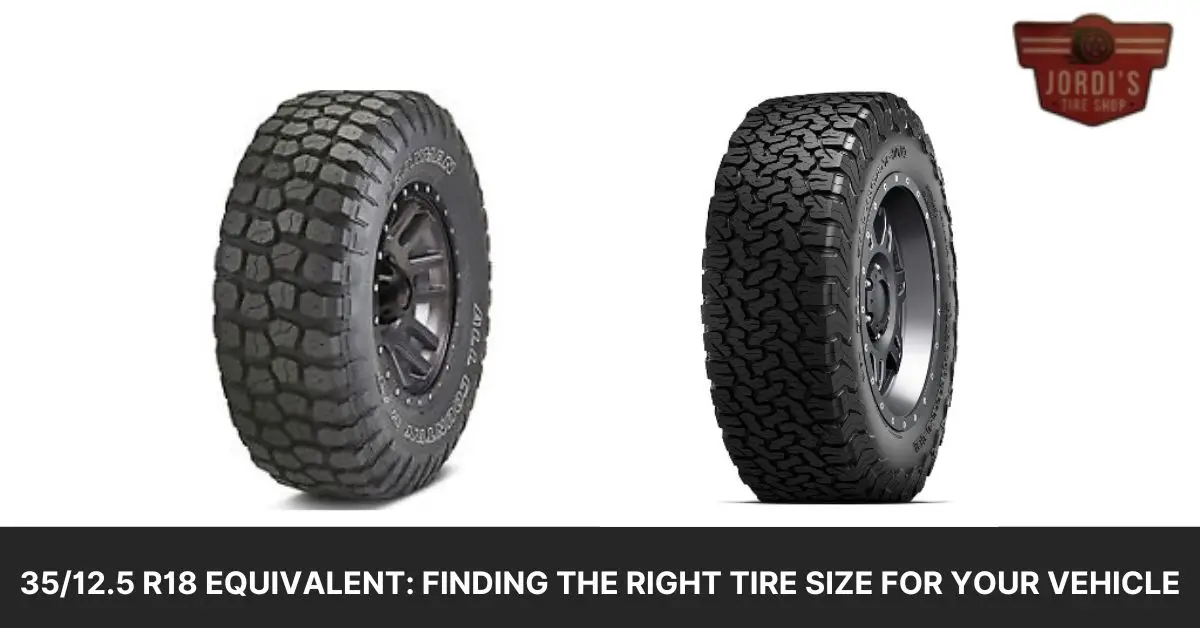If you’ve ever found yourself scratching your head while trying to decipher tire codes, you’re not alone. We’ve all been there, especially when it comes to finding equivalent tire sizes like the 35/12.5 r18. It’s like trying to understand a foreign language at first, but once you get the hang of it, a whole new world of possibilities opens up for your vehicle’s performance and appearance.
In our journey today, we’ll dive into the nitty-gritty of what the 35/12.5 r18 tire size means and explore its equivalents. Whether you’re looking to replace your tires or simply curious about how tire sizing works, we’ve got you covered. Let’s roll into the world of tire sizes together, shall we?
Understanding 35/12.5 r18 Tires
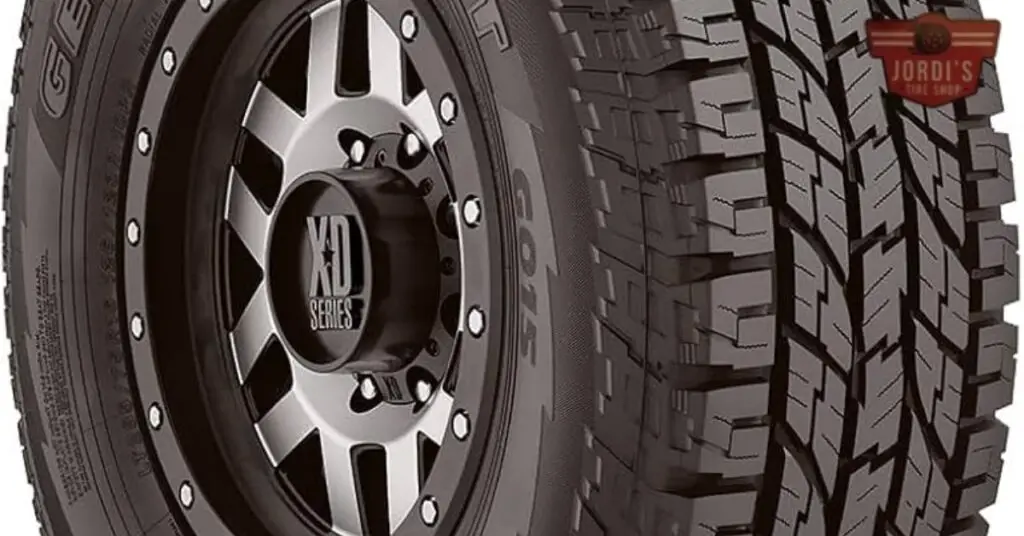
Continuing from our discussion on the intricacies of tire codes, we delve into the specifics of the 35/12.5 r18 tire size. Grasping the details of this tire size enables us to make informed decisions when seeking replacements or understanding the dynamics of tire sizing better.
First, let’s break down the components of the tire size 35/12.5 r18. The “35” stands for the tire’s height in inches, indicating a tire that is 35 inches tall. The “12.5” represents the tire’s width in inches, showing a breadth of 12.5 inches. Lastly, “r18” denotes the tire’s inner diameter in inches, which fits an 18-inch wheel. Collectively, these numbers explain the tire’s dimensions, crucial for ensuring a proper fit and function.
Understanding these dimensions helps us comprehend the tire’s impact on vehicle performance. For instance, a tire with a height of 35 inches usually raises the vehicle, affecting its clearance and possibly its off-road capabilities. A width of 12.5 inches can influence grip and handling, particularly on challenging terrains.
When looking for equivalent tire sizes, it’s vital to maintain the balance between height, width, and inner diameter to ensure compatibility. Equivalent sizes maintain the vehicle’s handling and performance, without causing strain on the vehicle’s suspension or altering its speedometer readings significantly. Equivalent tires offer the flexibility to adapt to different driving conditions, whether for improved off-road capabilities or better traction in various weather conditions.
Understanding the 35/12.5 r18 tire size sets the groundwork for exploring equivalent tire sizes. It ensures that we choose tires that match our vehicle’s requirements while enhancing its performance and safety on the road.
Finding the Right 35/12.5 r18 Equivalent
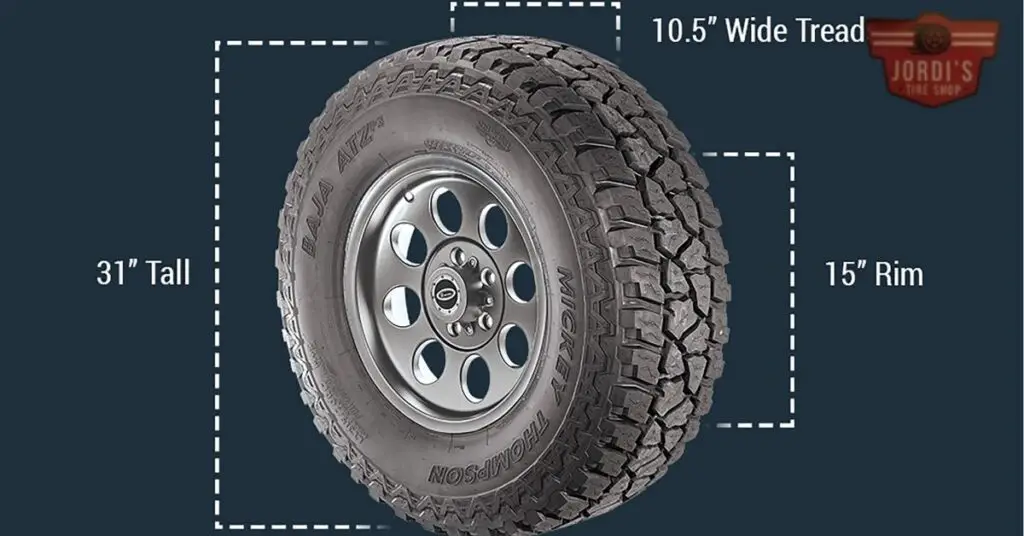
In our journey to find the right 35/12.5 r18 equivalent, it’s vital to keep vehicle performance and safety at the forefront of our decision-making. Understanding equivalent tire sizes allows us to select tires that fit our vehicle’s specific needs while maintaining its original handling characteristics. Here, we’ll dive into how to find suitable equivalents and what considerations to take into account.
First, let’s unravel the mystery behind the tire sizing conventions. The size 35/12.5 r18 can be broken down into three key components: the tire’s height (35 inches), its width (12.5 inches), and the diameter of the wheel it fits (18 inches). To find an equivalent tire, we must look for sizes that closely match these dimensions without significantly altering the vehicle’s speedometer accuracy or its clearance and suspension setup.
Tire Size Calculators
One of the simplest ways to find equivalent sizes is by using a tire size calculator, which is readily available online. These tools allow us to input our current tire size and provide us with alternates that maintain the overall diameter and width, ensuring the vehicle’s performance remains unchanged.
Consulting Professionals
If in doubt, consulting with a tire professional can offer invaluable insight. They can recommend alternatives that comply with our vehicle’s specifications, accounting for any potential modifications we might have made.
Understanding Tolerances
It’s also important to understand that slight variances in size can still be compatible with our vehicle. Manufacturers often allow for a tolerance in tire size variations, ensuring minor differences don’t impact the vehicle’s handling or safety systems.
Considering these aspects, we ensure that our pursuit of finding the right 35/12.5 r18 equivalent keeps our vehicles running smoothly and safely, without compromising on performance. Whether it’s through using online tools, seeking professional advice, or understanding manufacturers’ tolerances, selecting the appropriate equivalent tire size is a critical step in tire maintenance and vehicle care.
Benefits of Choosing a 35/12.5 r18 Equivalent
Selecting the right 35/12.5 r18 equivalent tire offers multiple advantages, crucial for maintaining, and potentially enhancing, the performance and safety of a vehicle. By carefully choosing an equivalent tire size, owners benefit from not only preserving but often improving the vehicle’s handling and load capabilities. We’ll explore these benefits further, focusing on improved compatibility, fuel efficiency, and variety.
Improved Compatibility
Equivalents to 35/12.5 r18 tires ensure compatibility with a wider range of vehicles, especially those not originally equipped to handle such specific tire dimensions. This increased compatibility means more options for upgrades or replacements, ensuring that drivers can find a tire that matches their vehicle’s specifications and their driving habits.
Enhanced Fuel Efficiency
Choosing a suitable equivalent can lead to improved fuel efficiency. Tires that are properly matched to a vehicle’s weight and design characteristics reduce rolling resistance, a critical factor in fuel consumption. Lower rolling resistance means the engine requires less energy to move the vehicle, directly impacting fuel economy positively.
Extended Tire Choices
Opting for a 35/12.5 r18 equivalent increases the range of tire choices available, covering various brands, tread patterns, and price points. This variety allows drivers to select tires that perfectly meet their needs, whether prioritizing durability, off-road capability, or wet-weather performance. More options also mean a greater chance of finding a tire that offers the best balance of performance, longevity, and cost, tailored to individual preferences and driving conditions.
Maintained Vehicle Safety
Safety remains a paramount concern, and choosing an equivalent tire size doesn’t compromise it. Correct equivalents maintain the vehicle’s original safety margins, ensuring that the tires can adequately support the vehicle’s weight and handle its performance capabilities. This consideration is vital for preventing tire-related accidents and enhancing overall road safety.
Understanding the benefits and ensuring the chosen equivalent matches the vehicle’s requirements, drivers can enjoy a seamless and beneficial transition to new tires, enhancing their driving experience without sacrificing performance or safety.
How to Read Tire Sizes
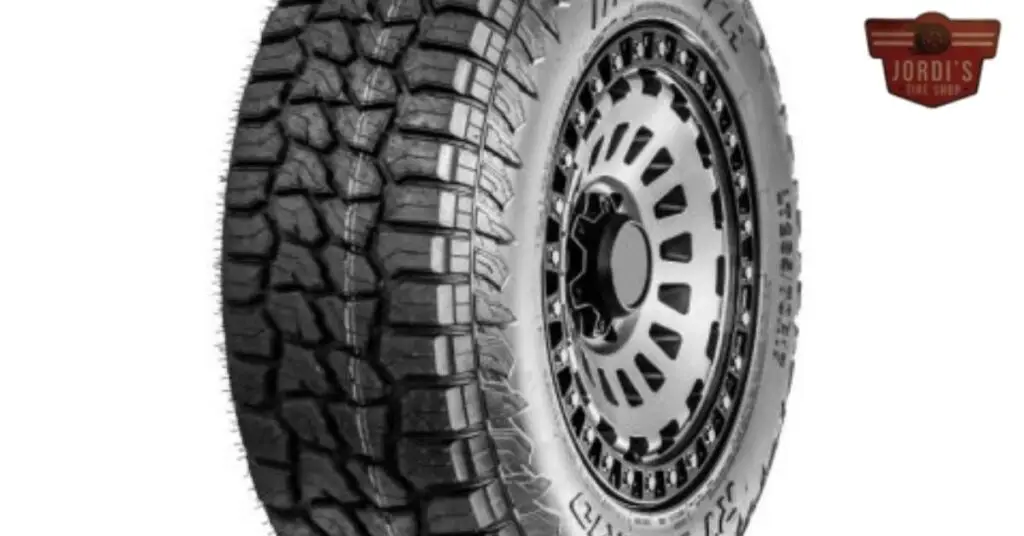
Understanding tire sizes, such as the 35/12.5 r18, guides us in finding the perfect fit for our vehicles. Let’s break down the components of a tire size code to grasp what each part signifies.
First, look at the “35” in 35/12.5 r18. This number represents the tire’s height in inches from the ground to the top of the tire when it’s correctly inflated. It’s crucial for ensuring the tire fits without rubbing against the vehicle’s body or suspension components.
Next, the “12.5” reflects the tire’s width in inches. This measurement dictates how wide the tire is, affecting the vehicle’s traction and stability. A wider tire can offer better grip but may also impact fuel efficiency.
Following the width, we encounter the “R” in the size code, which stands for radial construction. This construction technique involves layering the tire’s cords radially from the center, enhancing flexibility, strength, and durability.
Finally, the “18” at the end of 35/12.5 r18 indicates the wheel diameter in inches. This measurement is pivotal because it must match the wheel’s size for proper fitting. A mismatch here could lead to unsafe driving conditions.
Understanding each segment of a tire code, we can confidently search for a 35/12.5 r18 equivalent that matches our vehicle’s needs while maintaining or enhancing performance and safety. This knowledge empowers us to make informed decisions, ensuring a smooth transition to new tires without any guesswork.
Installing 35/12.5 r18 Equivalents
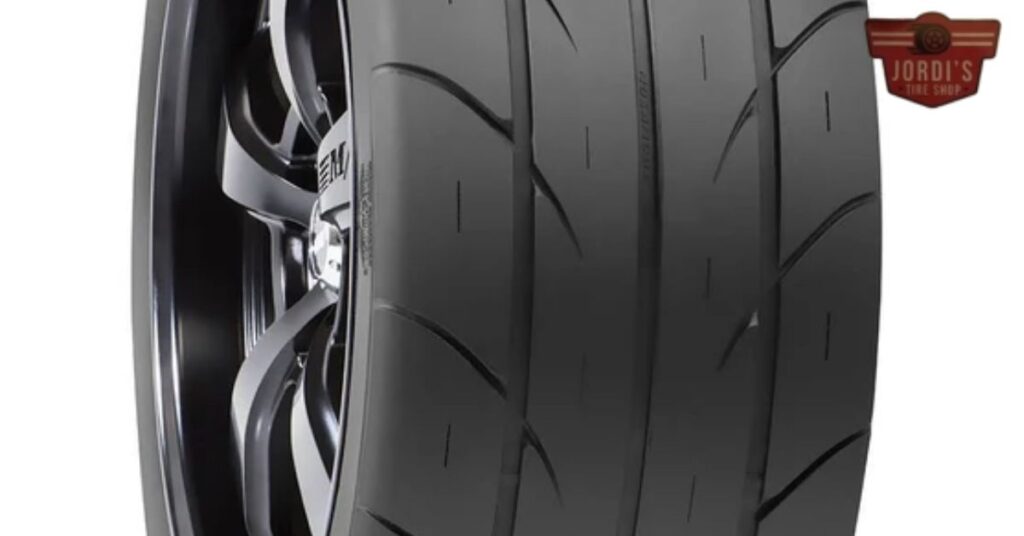
Once drivers have mastered the art of deciphering tire codes and have identified equivalent tires to the 35/12.5 r18 for their vehicles, installing these equivalents is the next step. Installment ensures vehicles maintain optimal performance, traction, and safety. Let’s break down the essential steps for installing 35/12.5 r18 equivalent tires.
First, ensure the chosen equivalents meet your vehicle’s specifications. Tires must not only match in size but also in load capacity and speed rating. It’s crucial that these specifications align with the vehicle’s requirements to avoid any potential issues.
Second, enlist the help of a professional. While some may feel confident in their ability to install tires, consulting a tire installation professional guarantees that the job’s done right the first time. These experts have the tools and know-how to ensure that the equivalents are perfectly mounted and balanced.
Third, check for proper alignment and balancing. Once installed, a professional should conduct a thorough check to ensure the tires are correctly aligned and balanced. Proper alignment and balancing reduce tire wear, improve fuel efficiency, and ensure the vehicle drives smoothly, offering a comfortable ride.
Lastly, we advise conducting a test drive. After installation, take the vehicle for a spin to see how it handles with the new tires. Pay close attention to the vehicle’s stability, handling, and comfort. This test confirms whether the equivalent tires meet the expected performance and safety standards.
Following these steps, vehicle owners can feel confident their 35/12.5 r18 equivalent tires are installed correctly, enhancing their driving experience while ensuring safety and performance. Each step, from choosing the right equivalents to the final test drive, contributes significantly to maintaining vehicle integrity and driver satisfaction.
Conclusion
We’ve navigated the maze of tire codes together and now understand the importance of getting it right with sizes like 35/12.5 r18. It’s clear that knowledge is power, especially when it comes to selecting tires that enhance our vehicle’s performance and safety. By mastering tire codes, we’re not just making an informed choice; we’re ensuring our rides are equipped to take us wherever we want to go, safely and efficiently. Let’s put this knowledge into action, pick the perfect equivalents, and enjoy a smoother, safer drive. Remember, it’s all about fitting right, driving right.
Related Posts:
- 32×11.50r15 in Metric: Converting Tire Size for Easy Comparison
- 35×11.50r20 in Metric: Understanding Tire Size Conversion
- 33 12.5 R18 in Metric: Understanding Tire Size Conversion
- 33 12.50 R22 in Metric: Understanding Tire Size Conversion
- 33 12.50 R20 to Metric: A Quick Guide to Converting Tire Sizes
- 35 12.5 R20 Metric: Understanding Tire Size and Compatibility
- 33 12.50 R17 Metric: A Guide to Tire Size and Conversion Charts
- 35 12.50 R17 Equivalent: Finding the Right Tire Size for Your Vehicle
- 35/12.5 r18 Equivalent: Finding the Right Tire Size for Your Vehicle
- 33 12.50 r16 Equivalent: Finding the Right Tire Size for Your Vehicle

